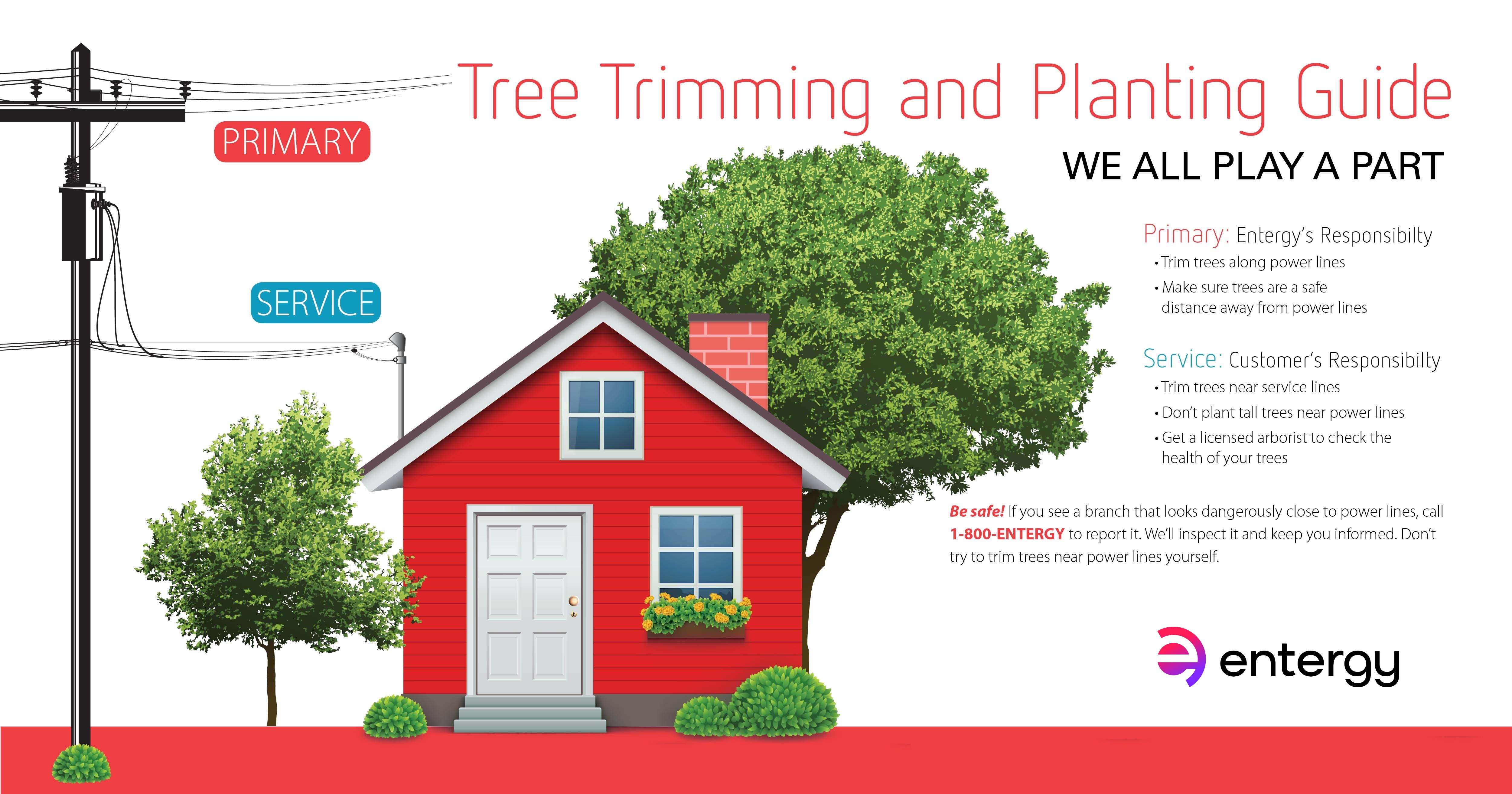Ideas That Suggest Tree Removal: How To Place Hazardous Trees
Ideas That Suggest Tree Removal: How To Place Hazardous Trees
Blog Article
Posted By-Truelsen Skovsgaard
When it concerns tree treatment, recognizing the indications that it's time for removal is essential for your safety and residential or commercial property. You may observe stained fallen leaves, wilting branches, or weird fungal growths indicating illness. Structural issues, like a substantial lean or fractures in the trunk, can also posture dangers. Comprehending these indication can assist you make educated decisions concerning your trees and avoid prospective risks hiding in your backyard. What should you seek next?
Signs of Decay and Illness
When you observe indications of decay and illness in your trees, it's essential to act quickly. Look for tarnished leaves, wilting branches, or uncommon developments like fungus. These can suggest that your tree is struggling.
If you see fractures in the bark or soft, mushy timber, these signs and symptoms suggest internal decay. Additionally, a sudden increase in insects around your tree can signal that it's damaged and prone.
Check for any dead or dying limbs, as they posture a danger to your residential property and safety and security. If you're uncertain concerning what you see, speaking with an arborist can provide quality.
Addressing these indications early can save you from more extensive damages and guarantee the health of your lawn. Do not wait until it's far too late.
Structural Instability and Leaning
As you observe your trees, keep an eye out for any indicators of structural instability or leaning. If a tree leans significantly, it might show that the origin system is jeopardized.
Look for any kind of fractures in the trunk or dirt around the base; these can signify potential failing. Furthermore, look for unusual development patterns, like an unbalanced crown, which might suggest that the tree is battling to hold itself upright.
If you notice that the tree favors your home, high-voltage line, or other structures, it postures a greater risk. Don't neglect these signs-- speak with an arborist to analyze the circumstance.
Taking action early can stop costly damages and guarantee your safety.
Dead or Perishing Branches and Vegetation
If you discover dead or dying branches and foliage on your tree, it's a clear indication that something's incorrect.
These undesirable locations can suggest underlying problems like illness, insect problems, or ecological stress and anxiety. When branches lose their leaves or turn brownish, they're no more contributing to the tree's wellness. Disregarding https://www.bhg.com/gardening/yard/tools/best-wheelbarrow/ could bring about further decline, making your tree a lot more harmful.
https://howtogetridofastump62840.qodsblog.com/35298021/complete-handbook-on-tree-stump-removal-methods-and-referrals-for-a-neat-atmosphere can quickly break short during storms, posturing a danger to property and people close by. It's vital to examine the extent of the damages.
If the trouble influences a substantial part of the tree, consider consulting an expert. They can aid establish if removal is needed to make sure safety and preserve the charm of your landscape.
Conclusion
If you notice any signs of decay, architectural instability, or dead branches on your trees, don't neglect them. These indications can position major safety and security threats to you and your residential or commercial property. It's constantly best to seek advice from a professional arborist that can provide a specialist analysis of your trees. Doing something about it early can stop mishaps and expensive damages, ensuring your landscape continues to be risk-free and healthy. Remember, it's much better to be positive concerning tree treatment than to await a calamity to occur.
